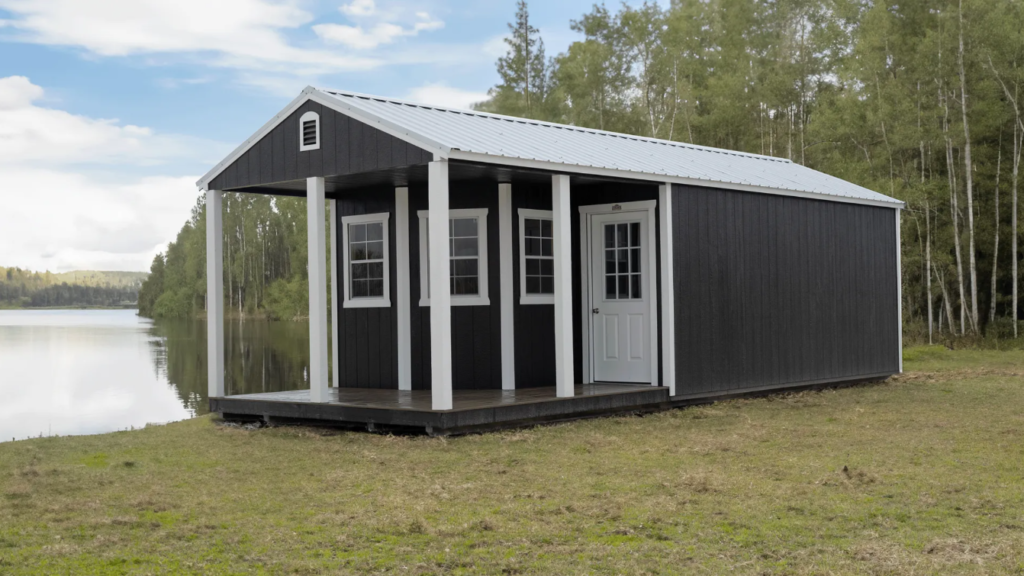The portable storage building industry is experiencing significant growth, driven by increasing demand across various sectors such as construction, education, commercial enterprises, and government agencies. This surge is fueled by the need for flexible, cost-effective, and scalable storage solutions that can adapt to diverse requirements.
Industry Overview
Portable storage buildings, encompassing temporary storage structures and modular containers, offer versatile solutions for short-term and long-term storage needs. Their modular nature allows for easy customization and scalability, making them ideal for applications ranging from construction site storage to temporary classrooms and retail inventory spaces.
Key trends shaping the industry include:
- Urbanization and Infrastructure Development: Rapid urban growth necessitates efficient storage solutions to support construction and infrastructure projects.
- E-commerce Expansion: The rise of online retail has increased the demand for flexible storage options to manage inventory and distribution.
- Sustainability Concerns: There’s a growing emphasis on eco-friendly materials and energy-efficient designs in portable storage solutions.
- Technological Integration: Incorporation of smart systems and IoT devices enhances functionality, allowing for real-time monitoring and improved logistics.
Market Size and Growth Projections
The market for portable storage buildings is diverse, with varying estimates based on definitions and geographic scopes:
- Portable Modular Storage Containers (Global): Valued at USD 3.18 billion in 2024, projected to reach USD 4.97 billion by 2033, growing at a CAGR of 4.1%.
- Temporary Storage Buildings (Global): Anticipated sales of USD 2.94 billion in 2024, forecasted to grow to USD 5.63 billion by 2035, with a CAGR of 6.1%.
- Portable Storage Containers (Global): Valued at USD 100.1 million in 2023, projected to reach USD 200.1 million by 2030, growing at a CAGR of 10.5%.
- Portable Storage Units Rental Market (Global): Valued at USD 2.5 billion in 2024, projected to reach USD 4.1 billion by 2033, growing at a CAGR of 6.2%.
These figures highlight the robust growth and potential within the industry, presenting opportunities for businesses and investors alike.
Opportunities and Challenges
While the industry offers promising prospects, it also faces certain challenges:
- Opportunities:
- Diversification: Expanding applications in sectors like agriculture, events, and disaster relief.
- Innovation: Development of advanced materials and designs to meet specific industry needs.
- Global Expansion: Emerging markets present new avenues for growth and investment.
- Challenges:
- Regulatory Compliance: Navigating varying regulations across regions can be complex.
- Technological Barriers: Implementing advanced technologies may require significant investment and expertise.
- Market Saturation: In certain regions, increased competition may lead to pricing pressures.
Conclusion
The portable storage building industry stands at a pivotal point, with growth driven by diverse applications and evolving market needs. By staying attuned to industry trends, embracing innovation, and navigating challenges proactively, stakeholders can capitalize on the opportunities this dynamic market presents.


